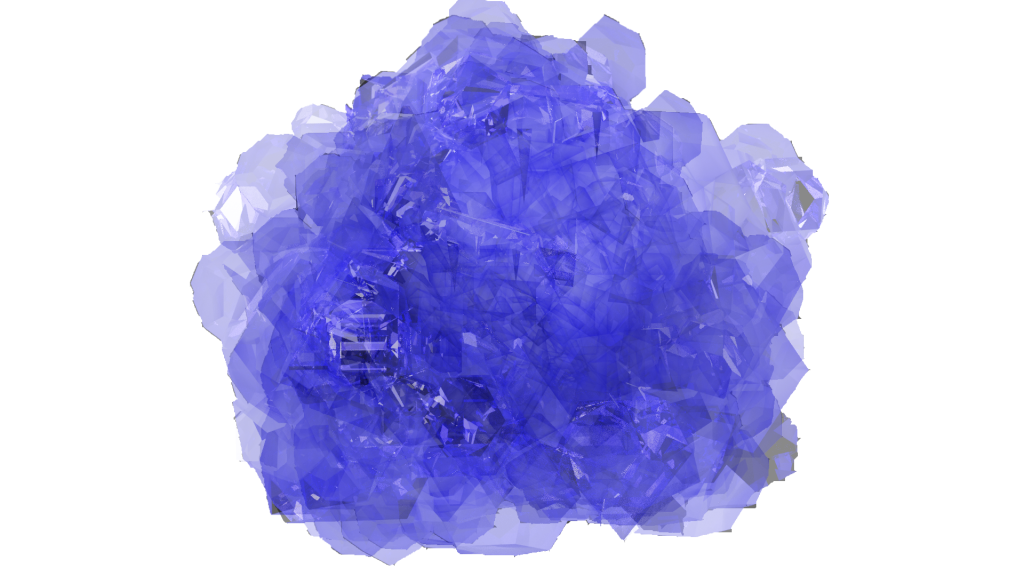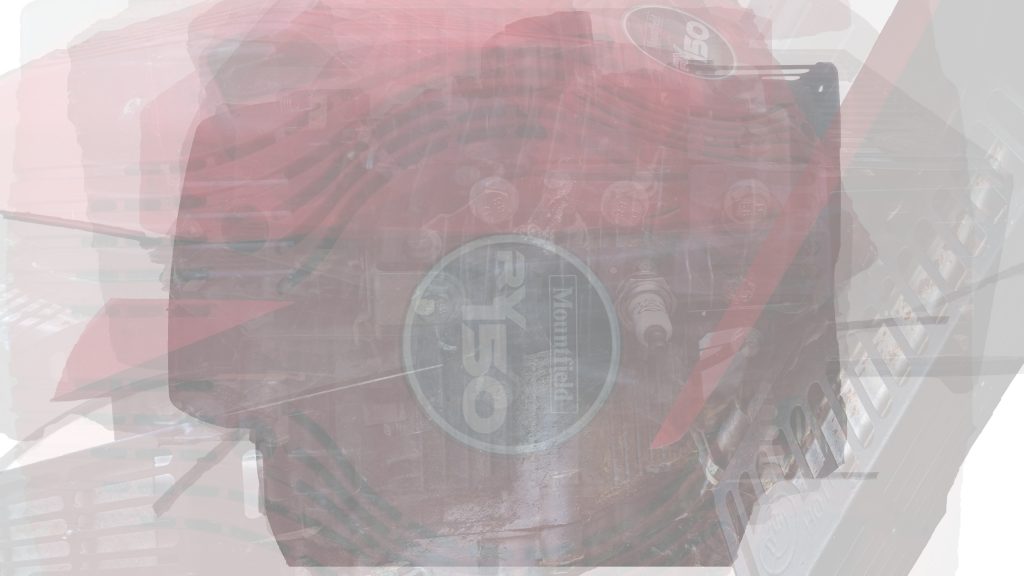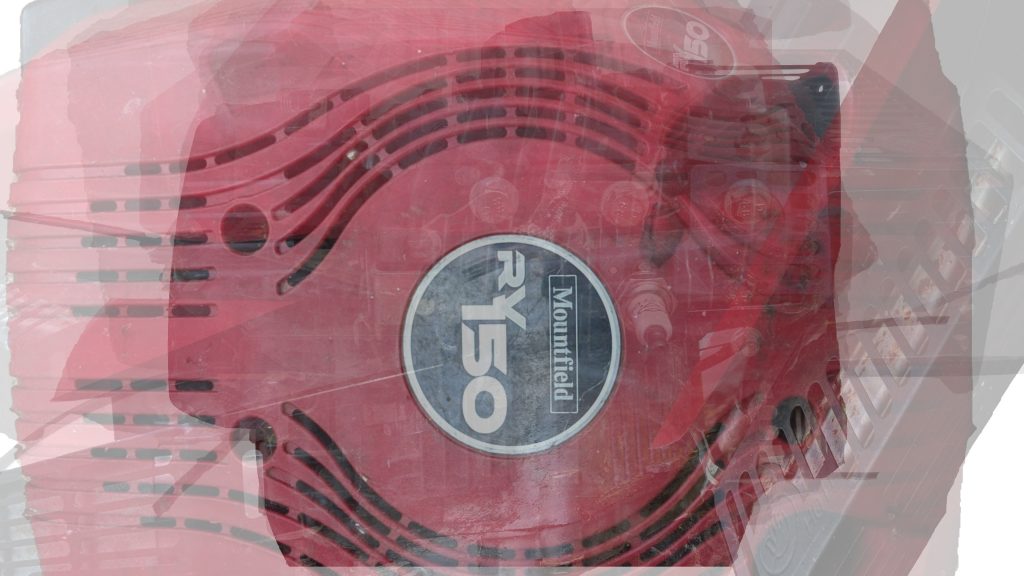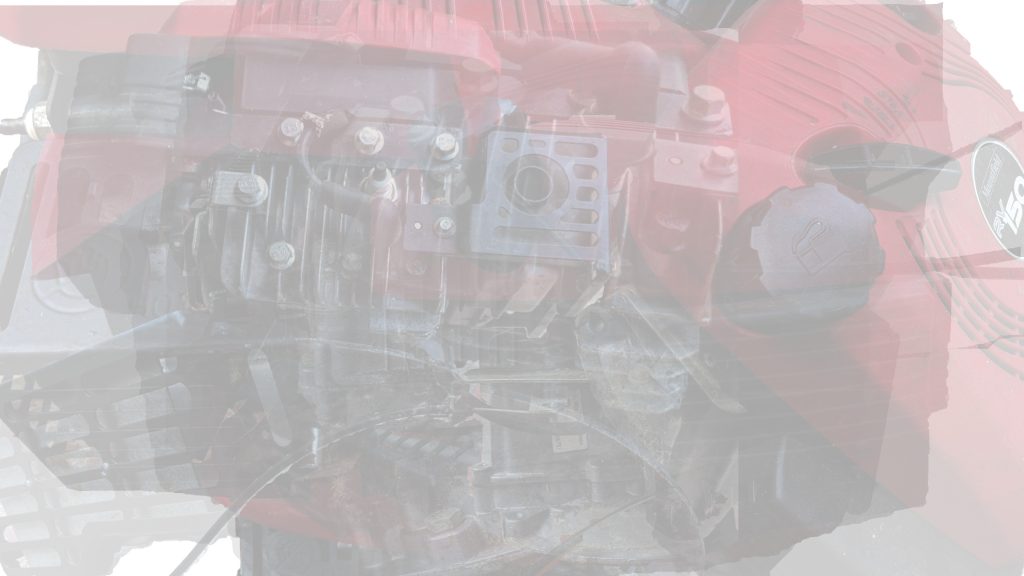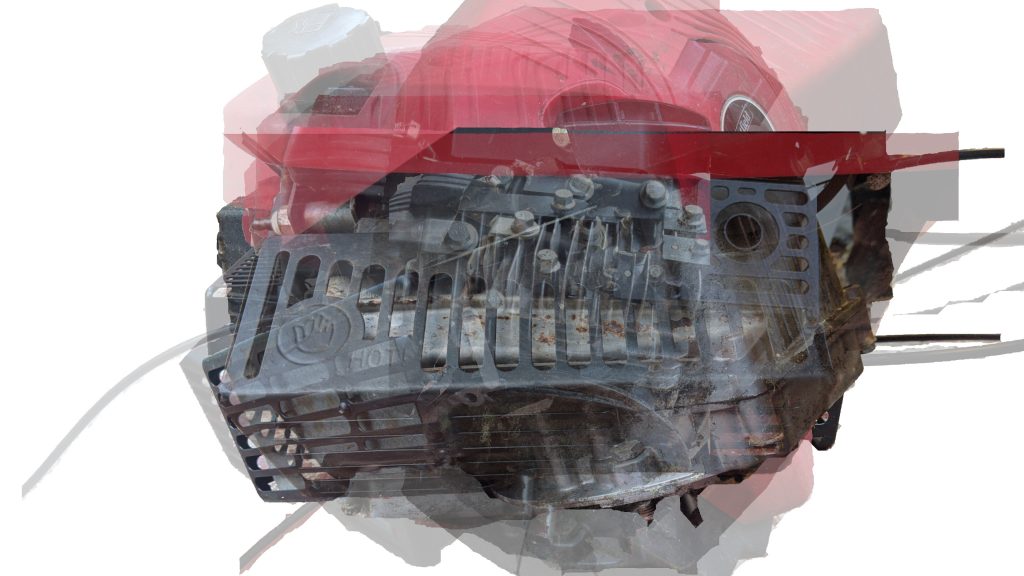Olafur Eliasson: Your Uncertain Shadow
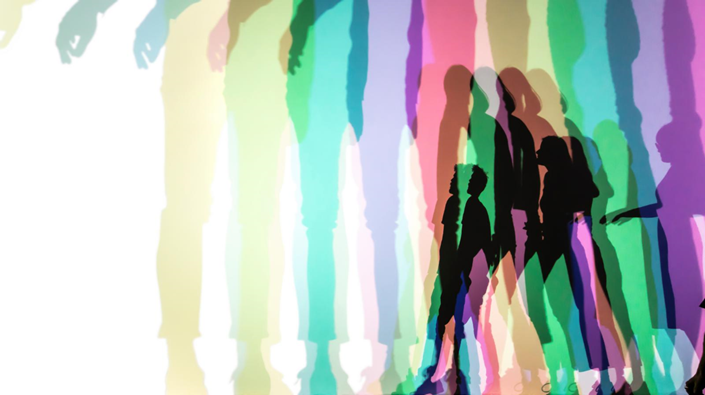
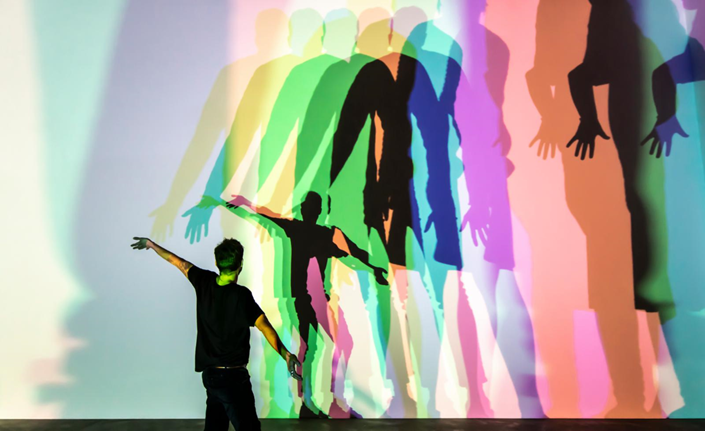
Eliasson has used 5 coloured spotlights, casting their varying colours onto a white wall. Visitors could come and interact with the lights by casting their own shadows, blocking out certain colours. The remaining colours merged and because of this, created a personal hue. Not only did Eliasson give these visitors control of the size and shape of the shadow, but also its colour. This large scale interaction really interests me as it ties in with both my installation research but also my digital skills.
Dominique Gonzalez-Foerster
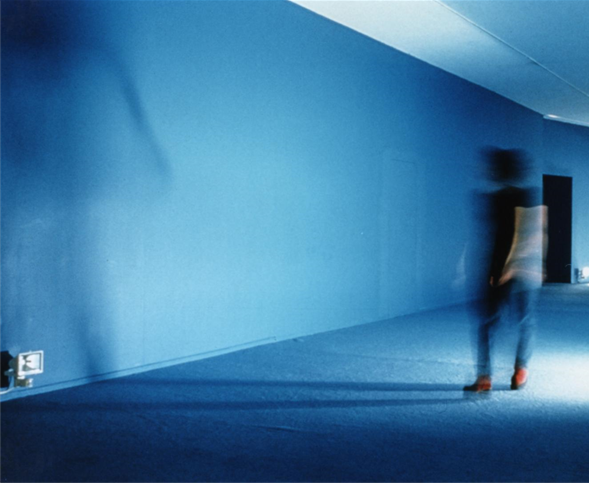
In this piece, as a visitor walks along the corridor, motion sensors pick up their movements and automatically turn on blue lights. These cast shadows of the viewer as they walk through. Unlike Eliasson’s work, this piece seems more ethereal and eerie, given the stark blueness of the light and the nature of the elongated shadows, varying in focus and definition. But like all the references on this page, the artist invites to become a performer, to shape and interpret the space themselves.
Cornelia Parker: Cold Dark Matter

Response to Eliasson and Gonzales-Foerster
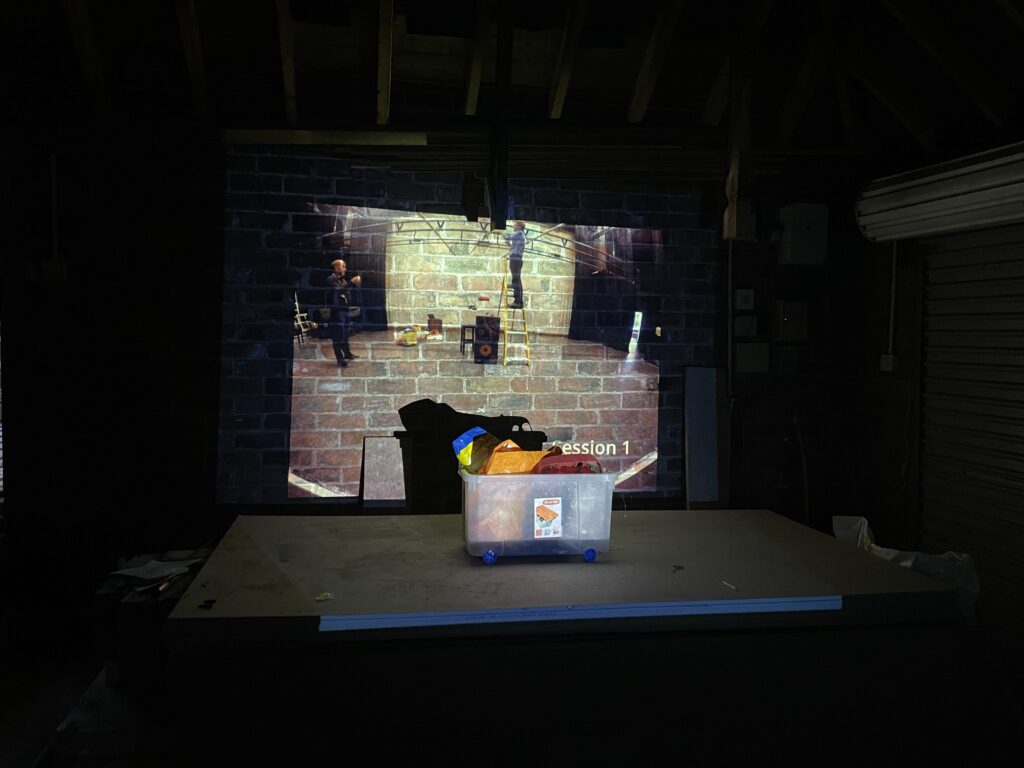
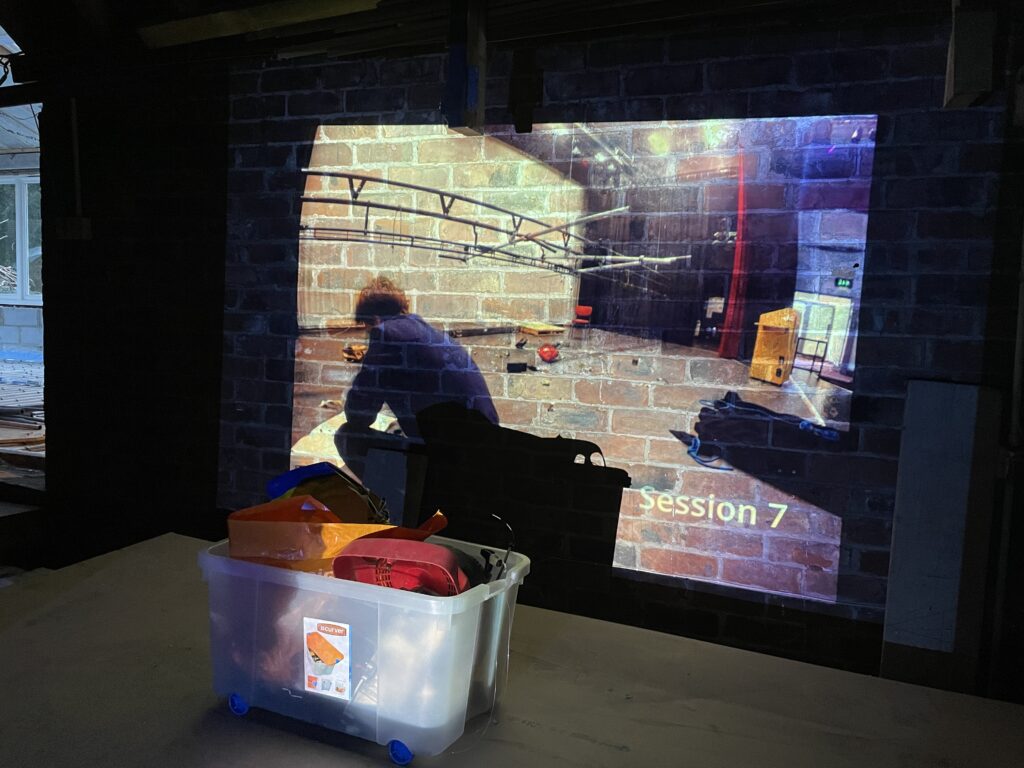
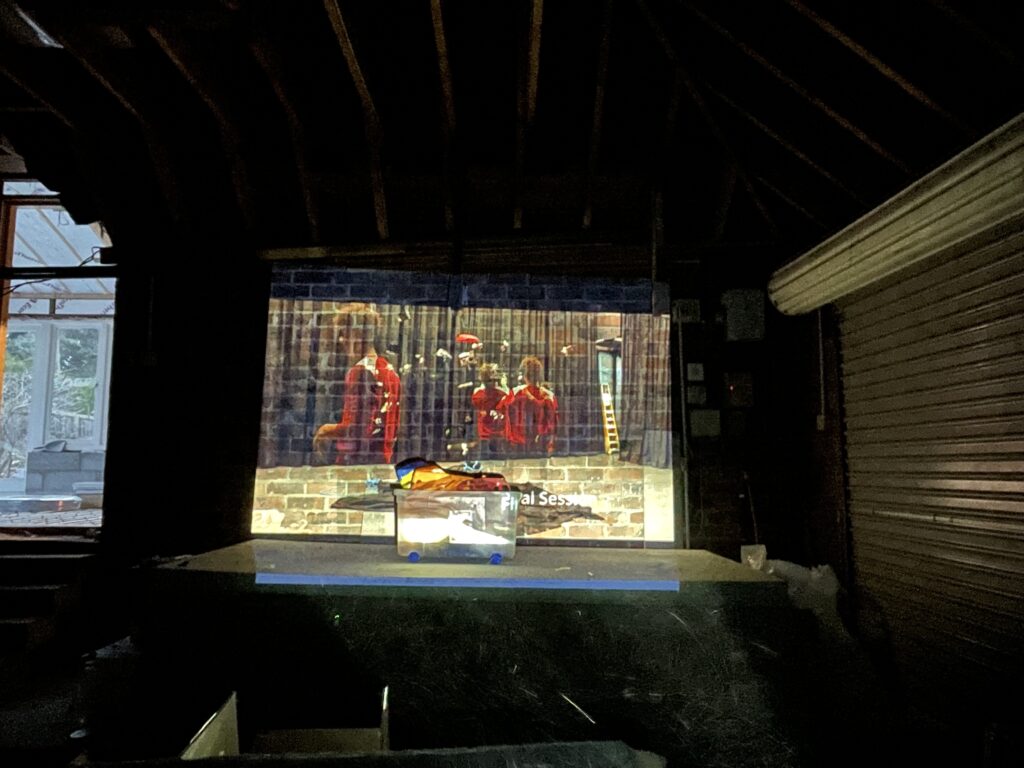
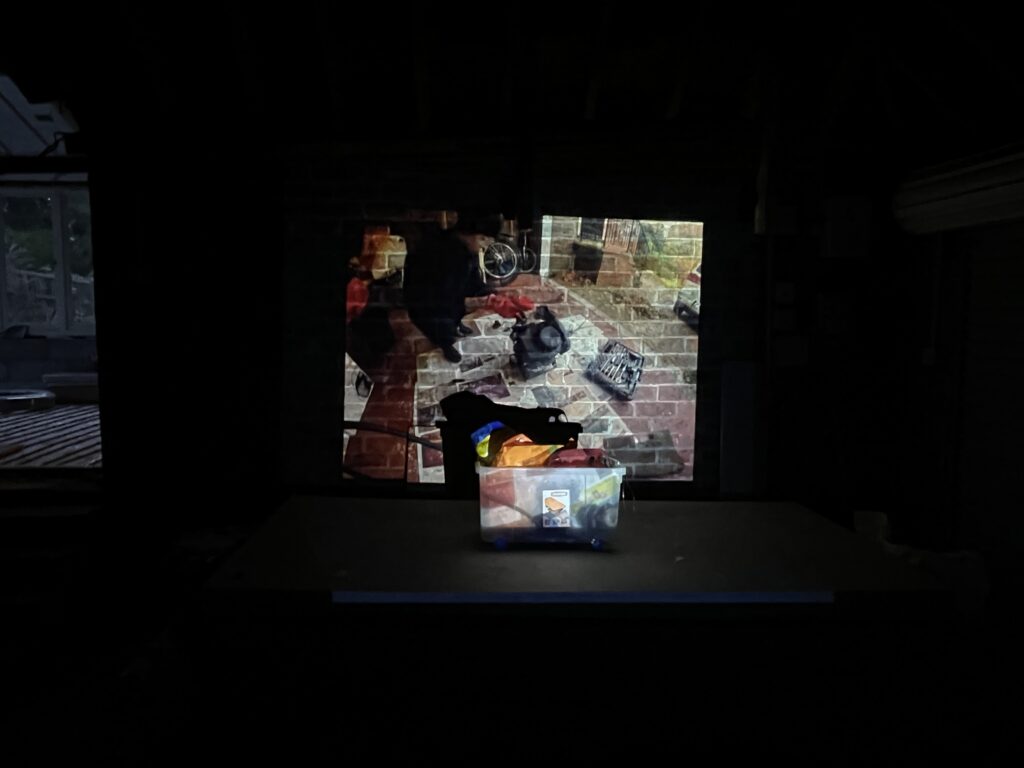
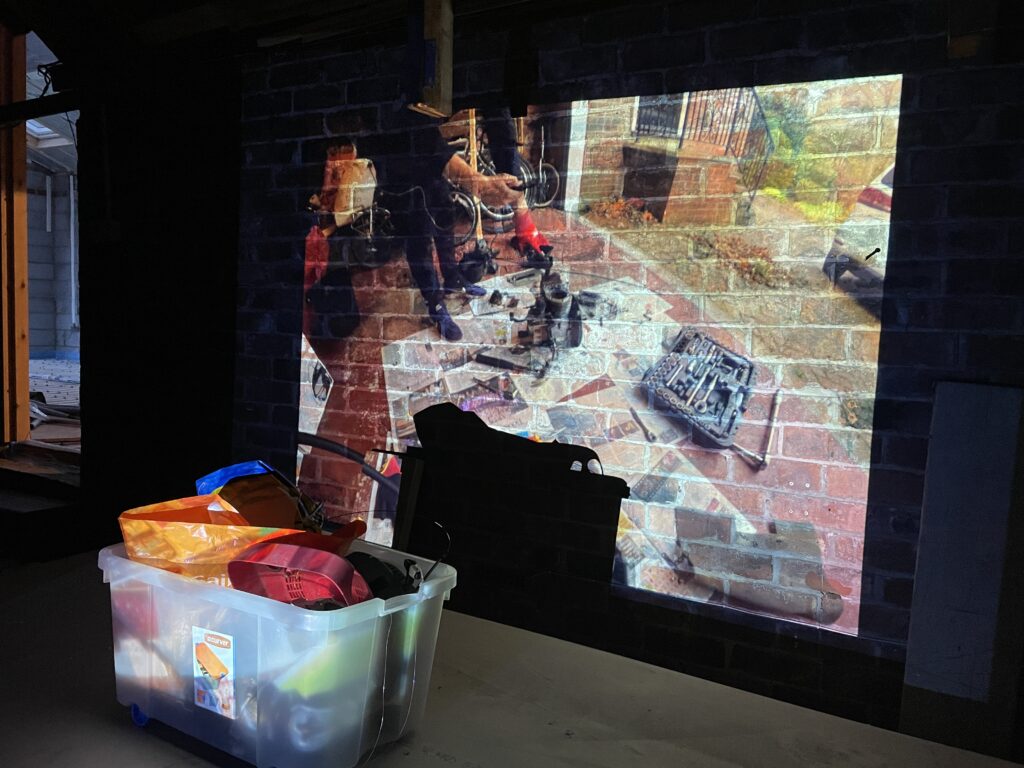
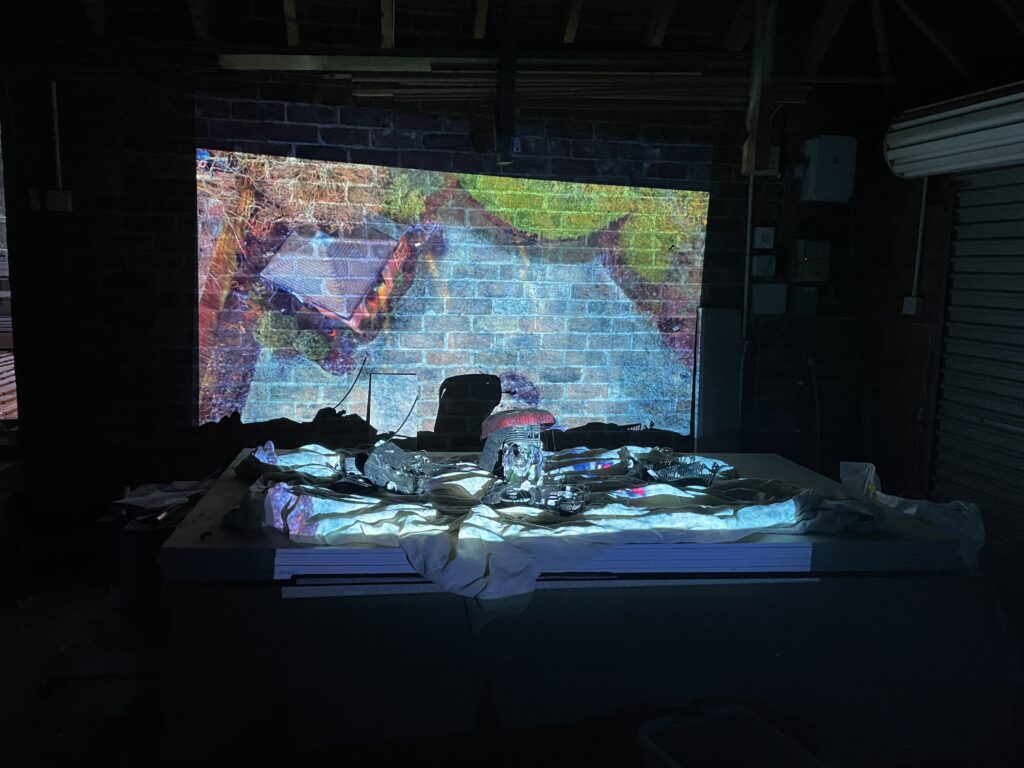
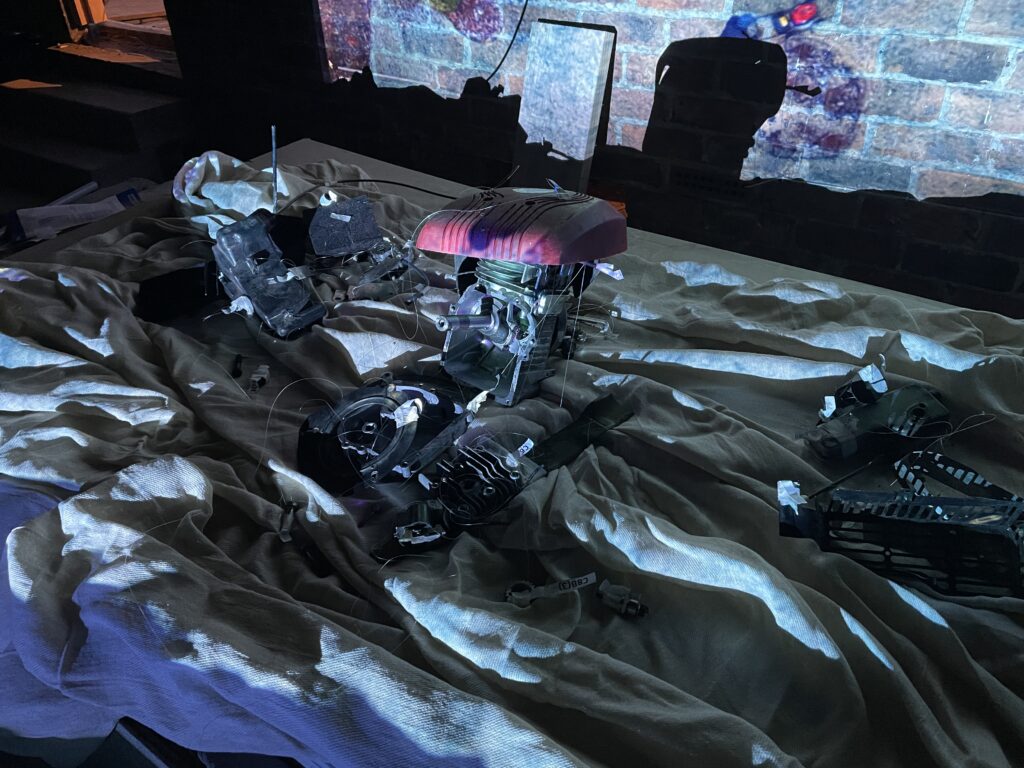
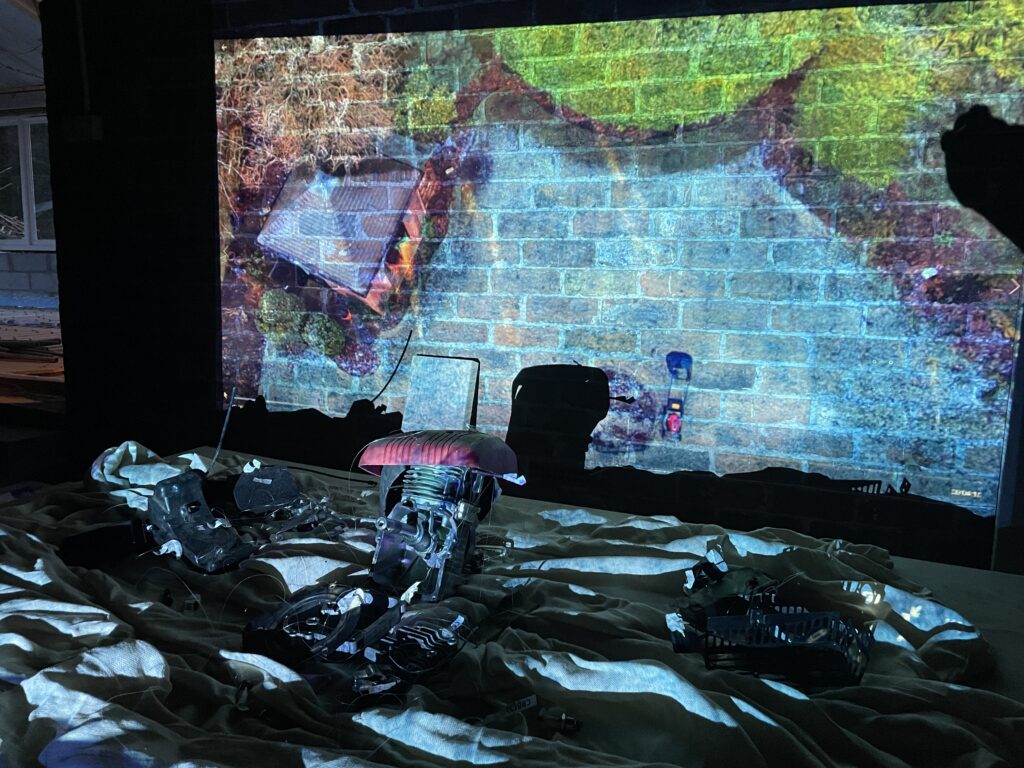
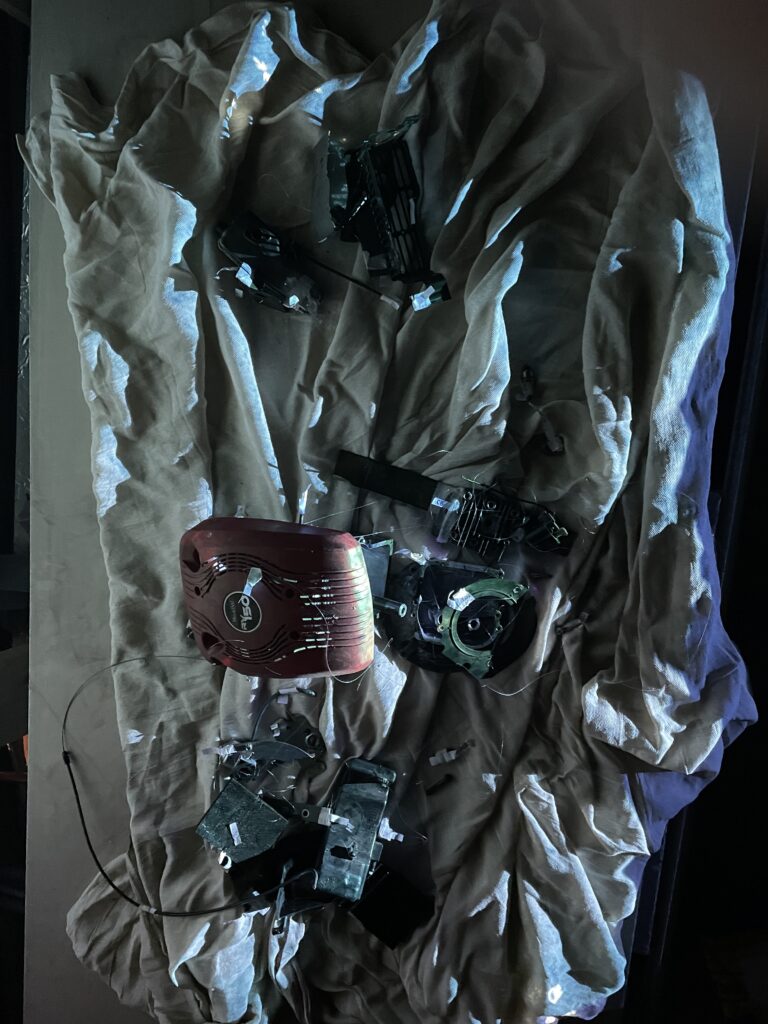
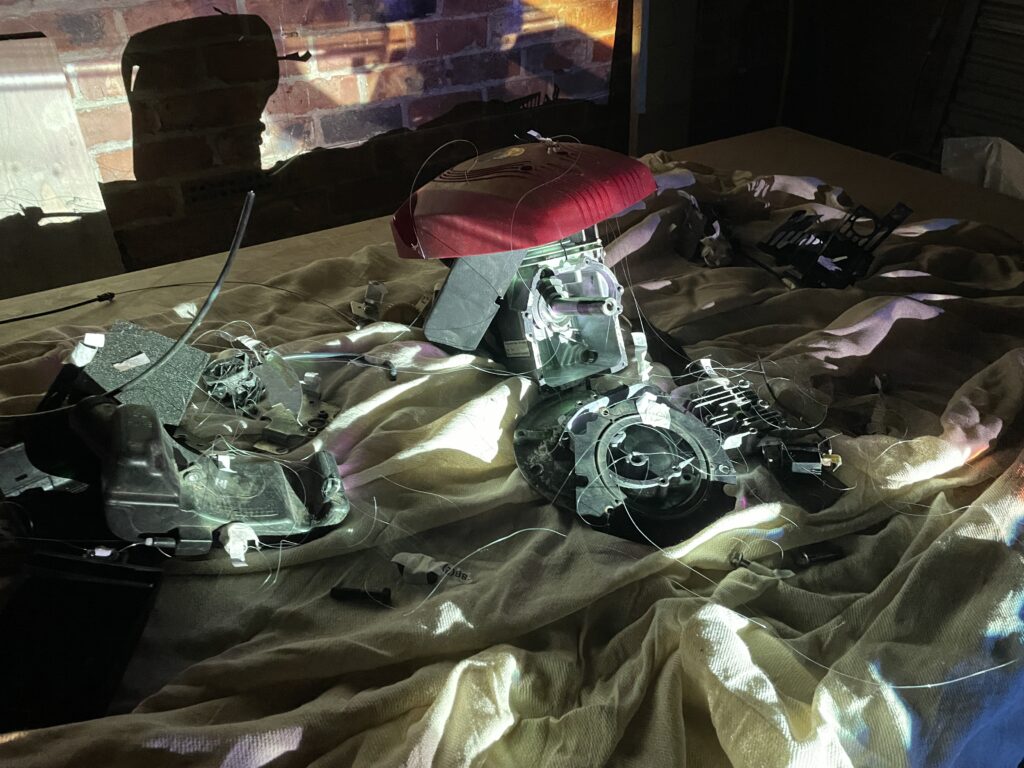
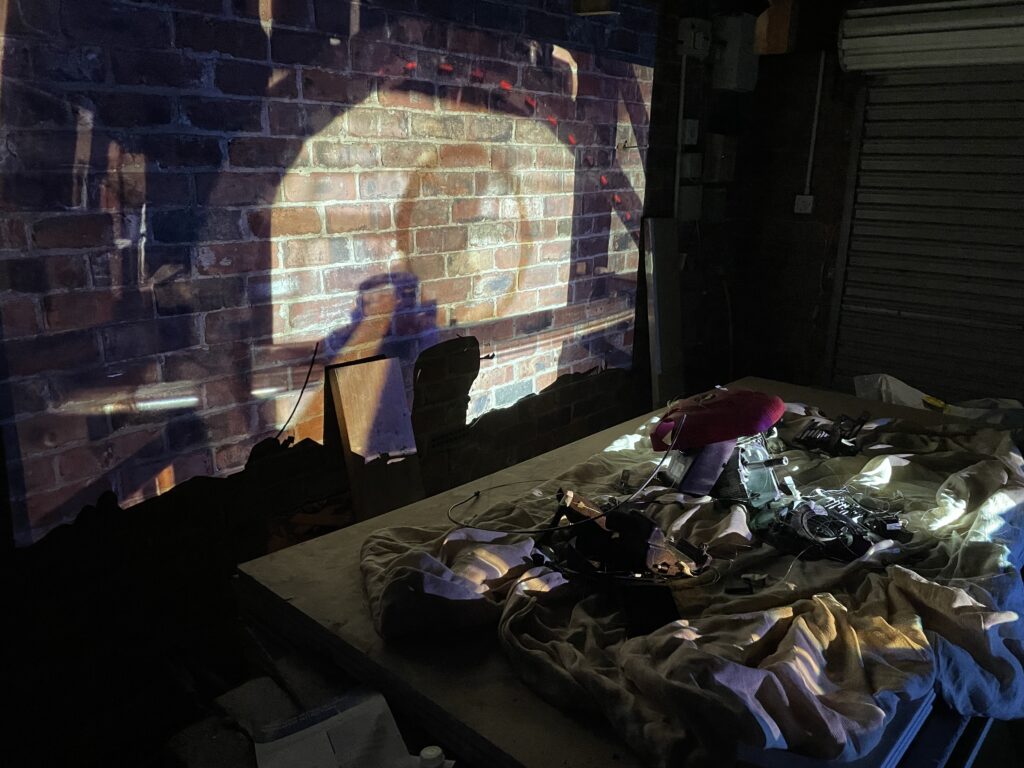
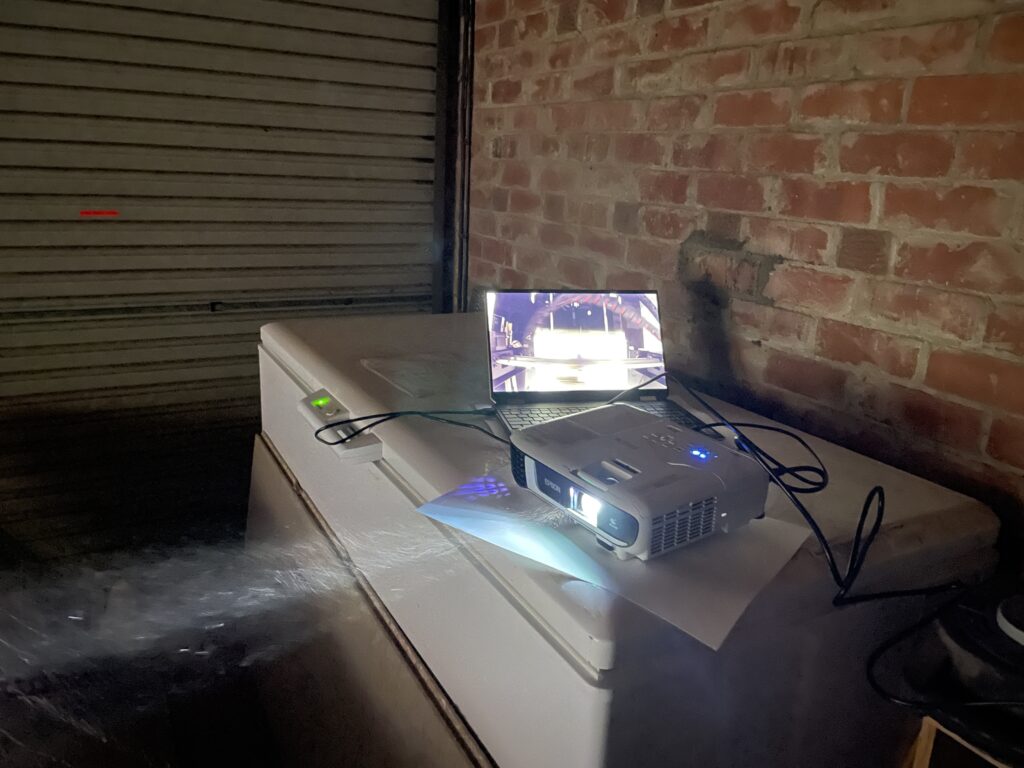
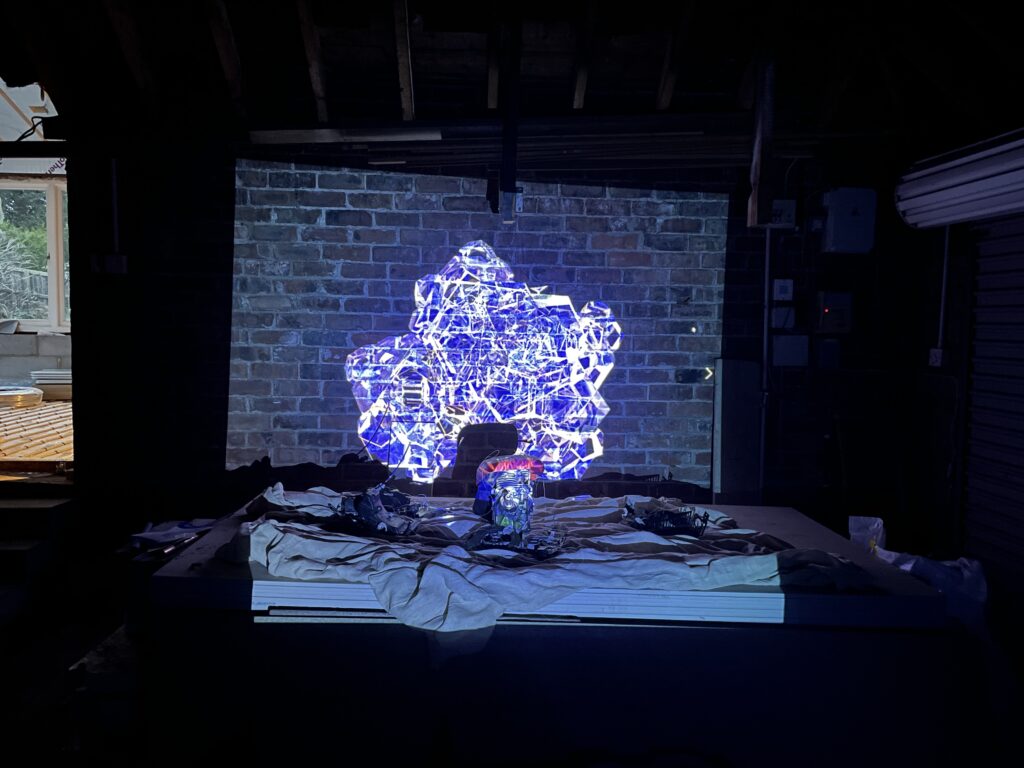
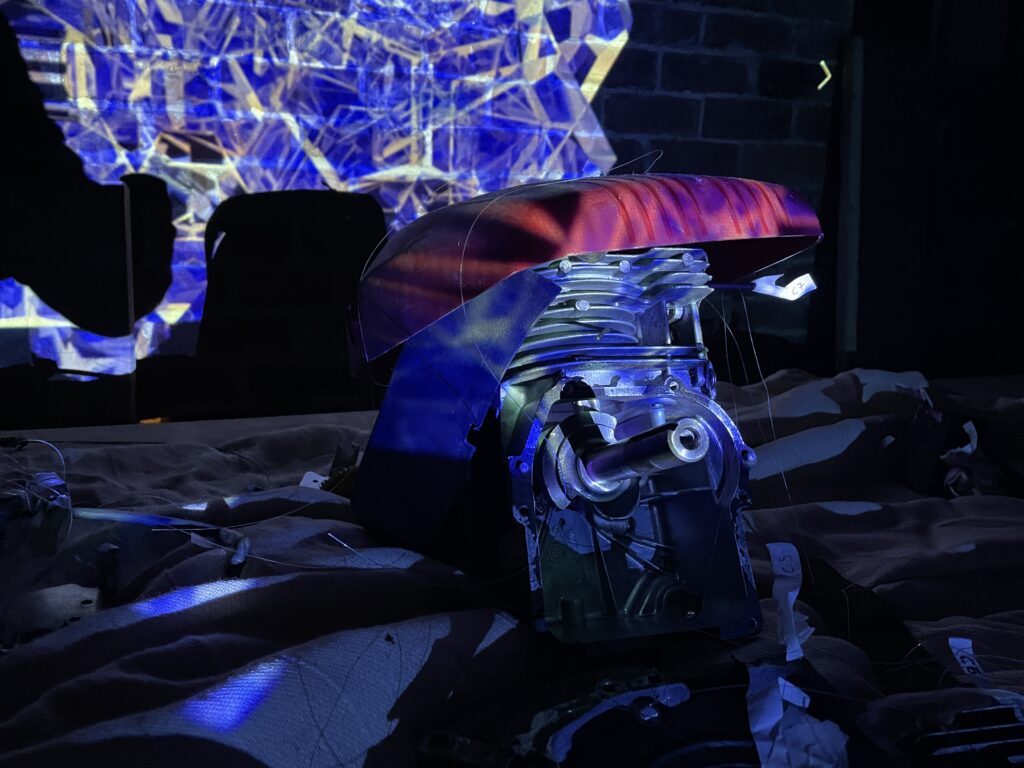
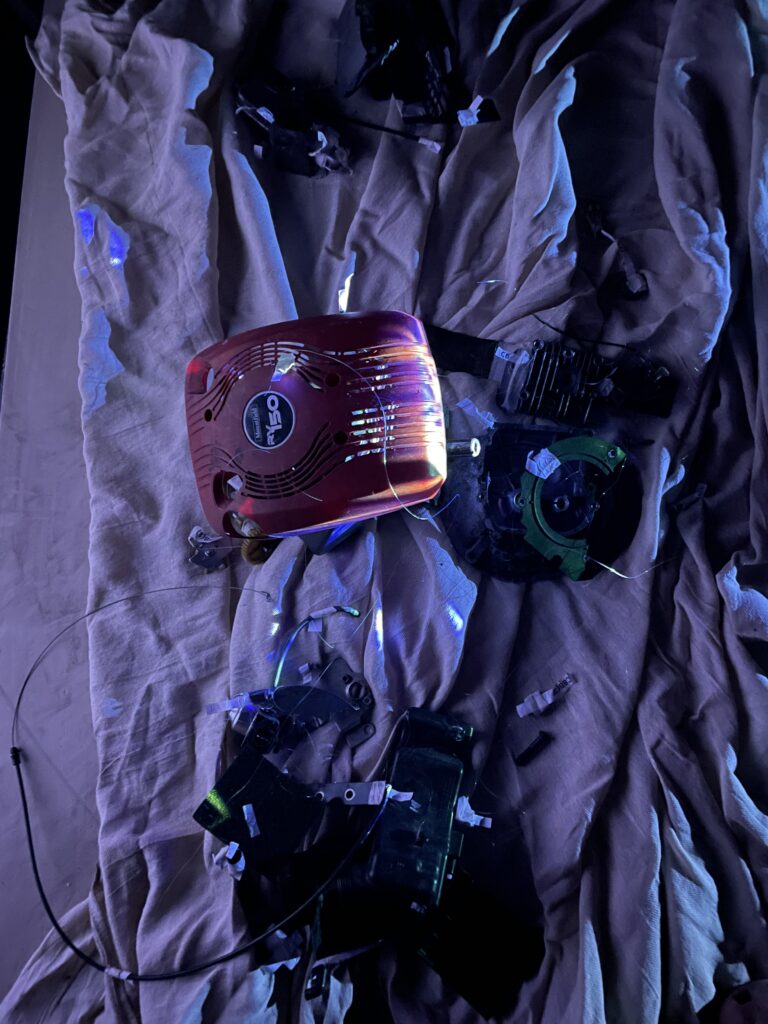
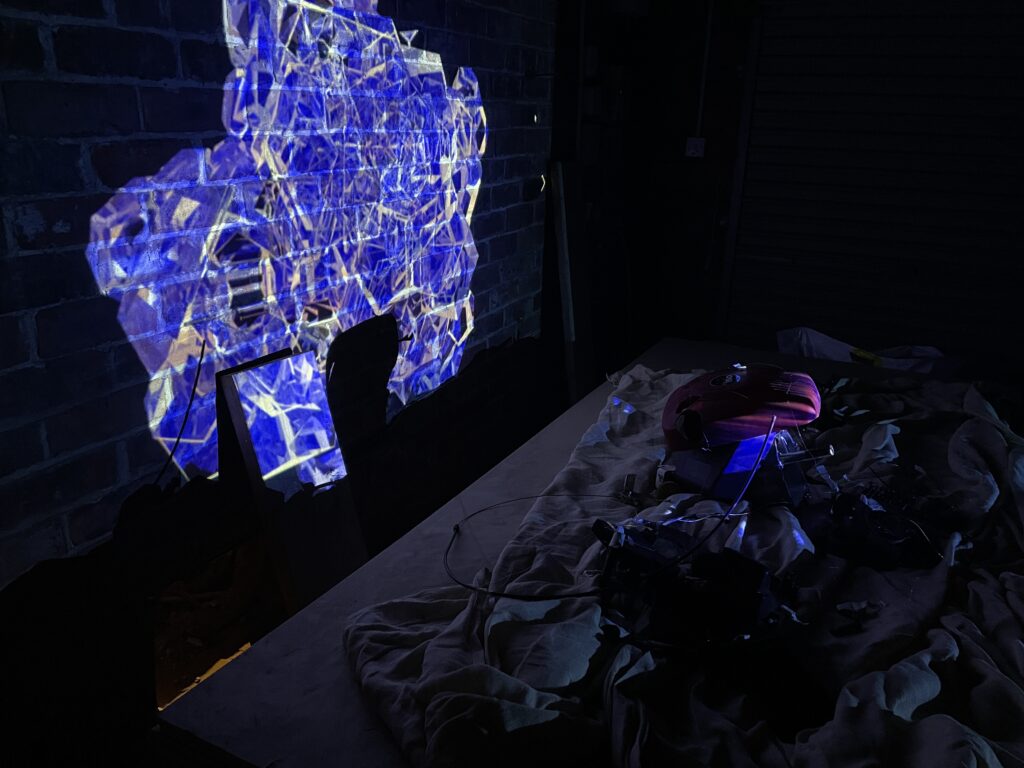
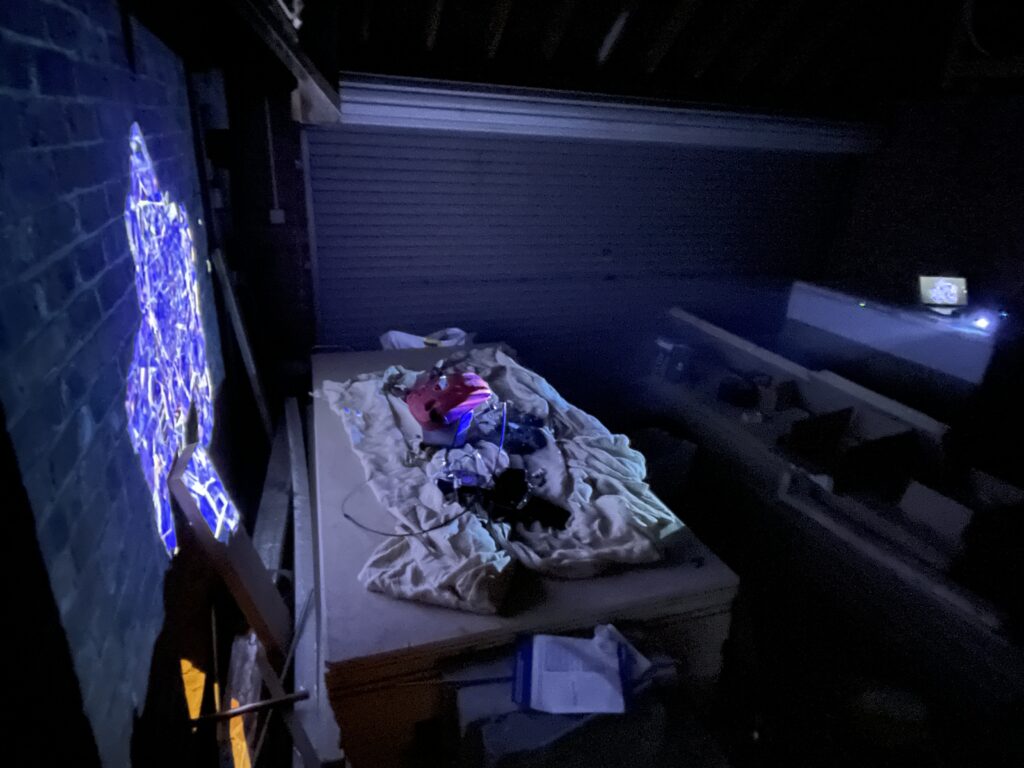
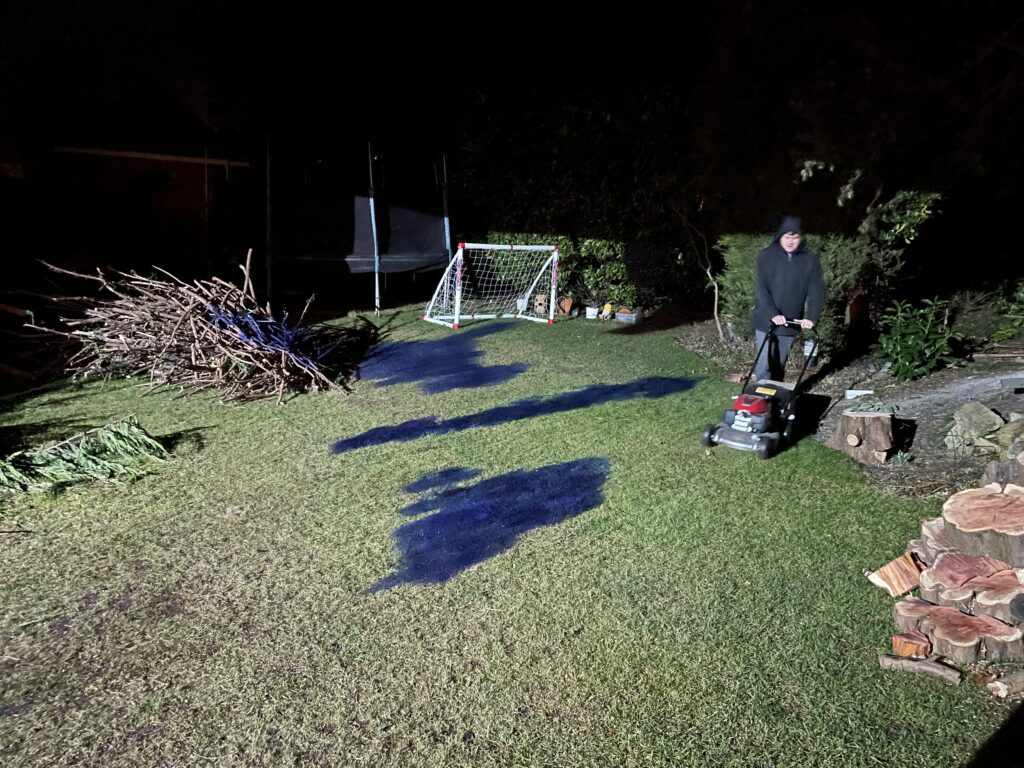
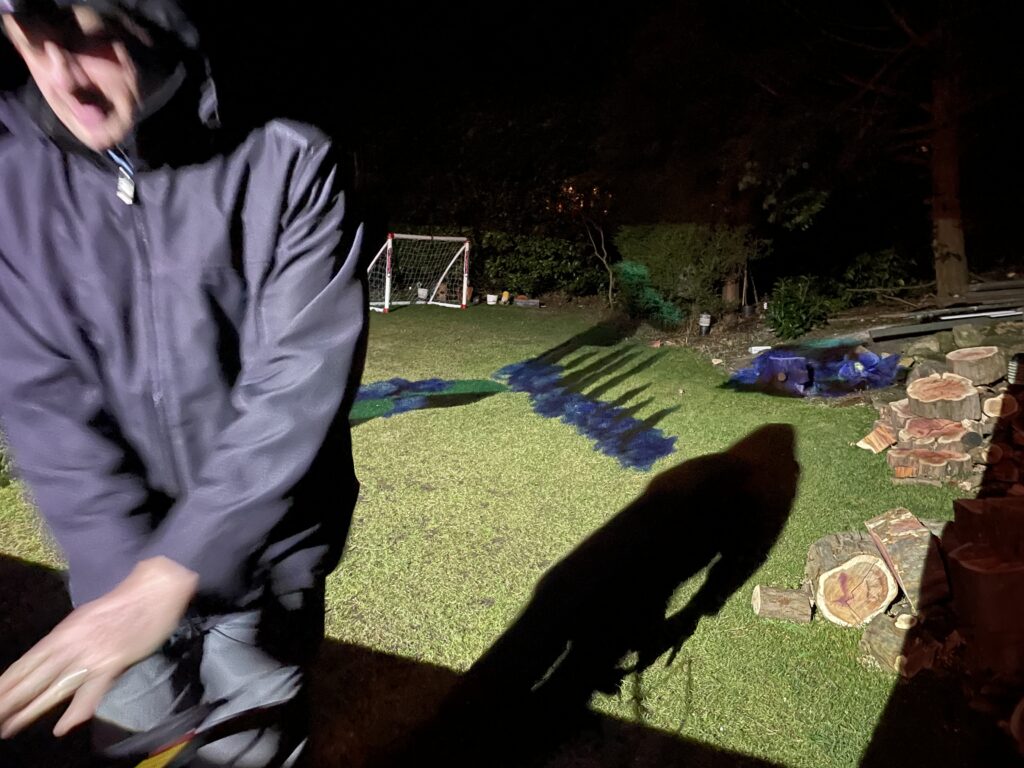
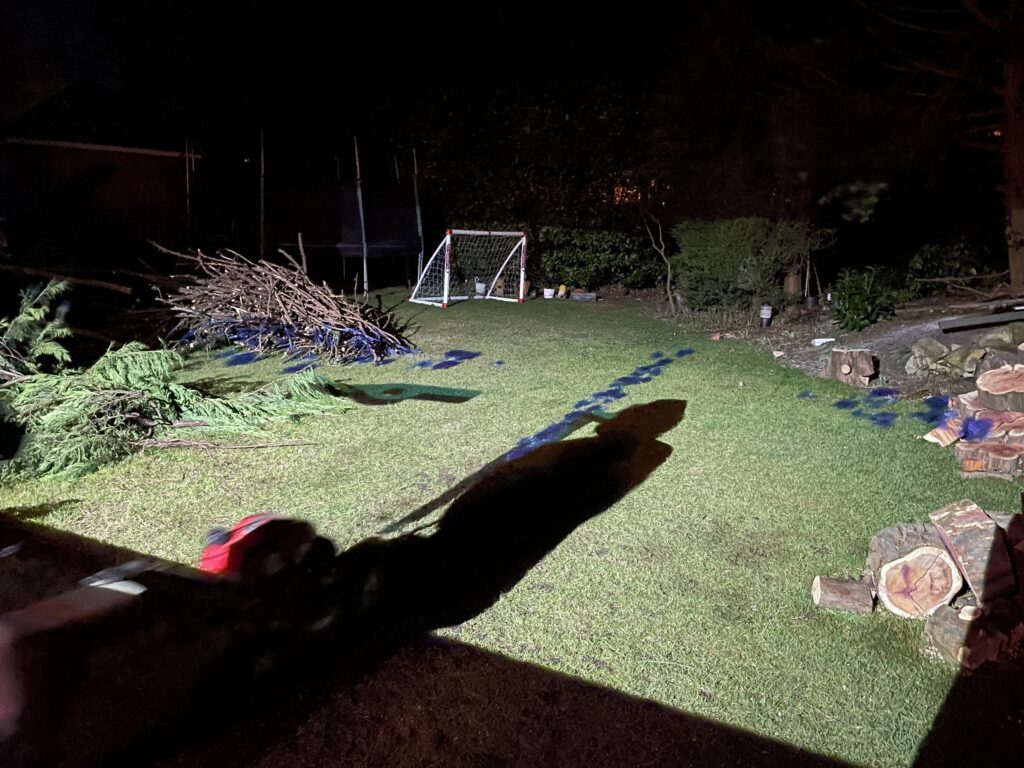
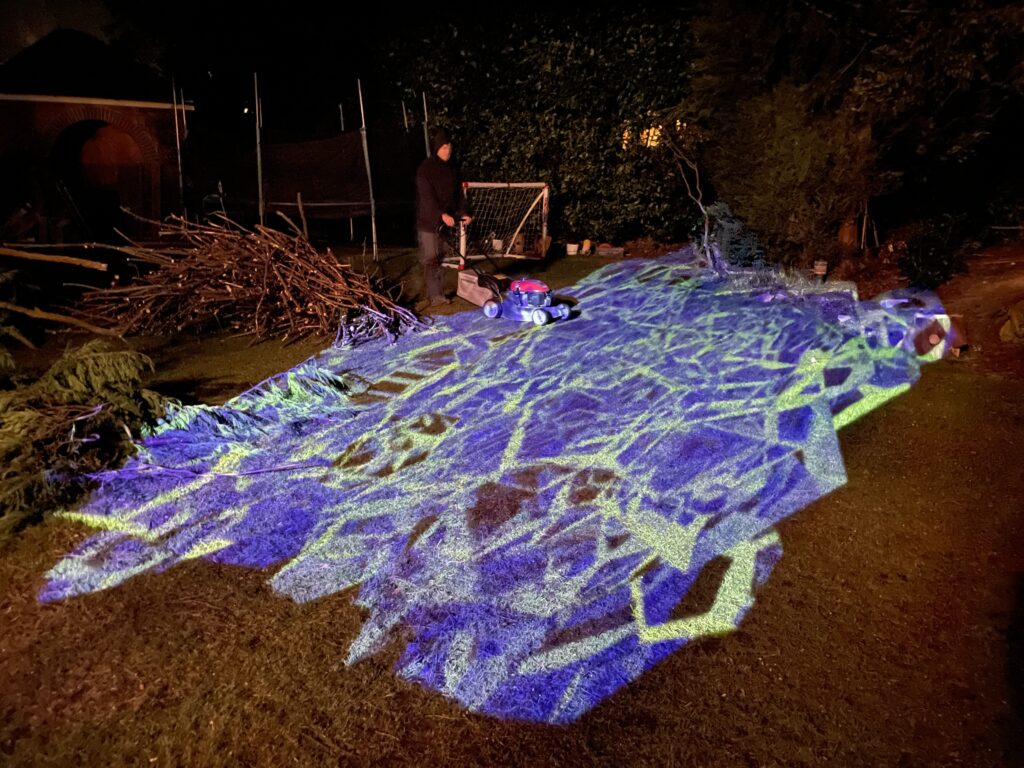
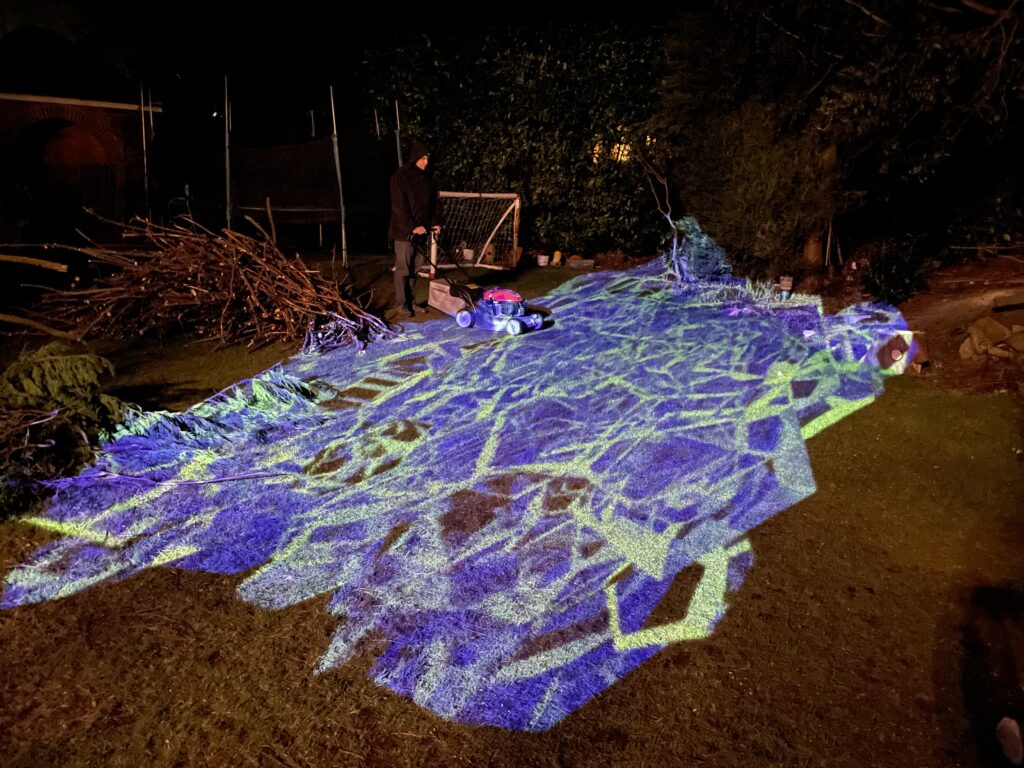
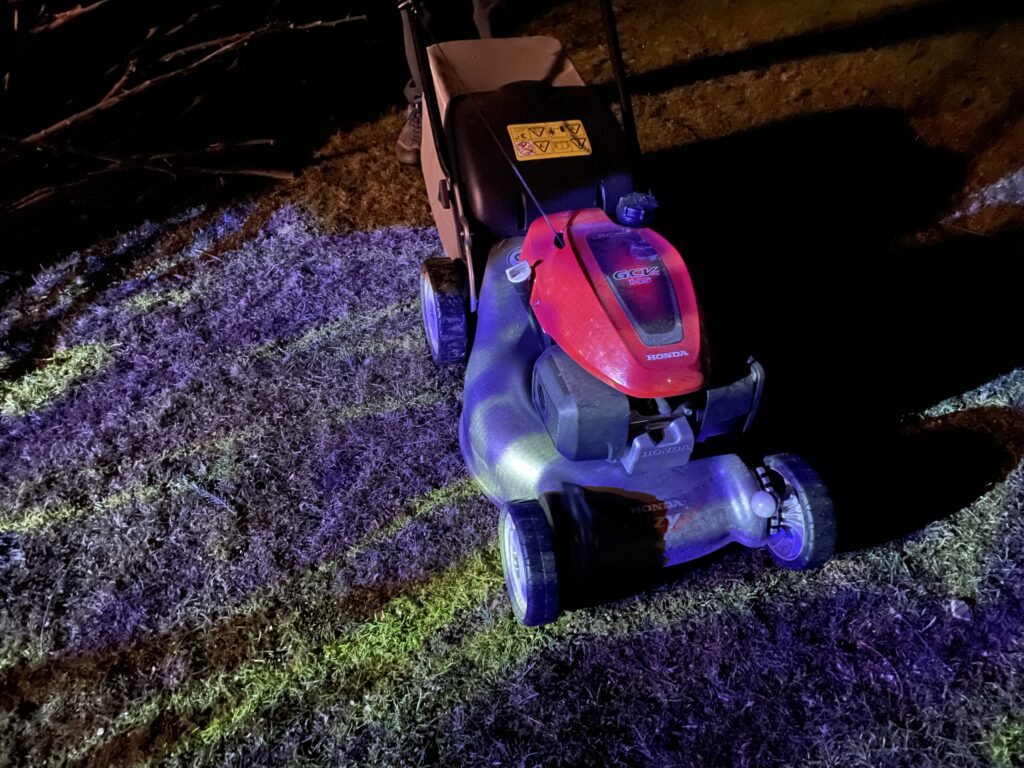
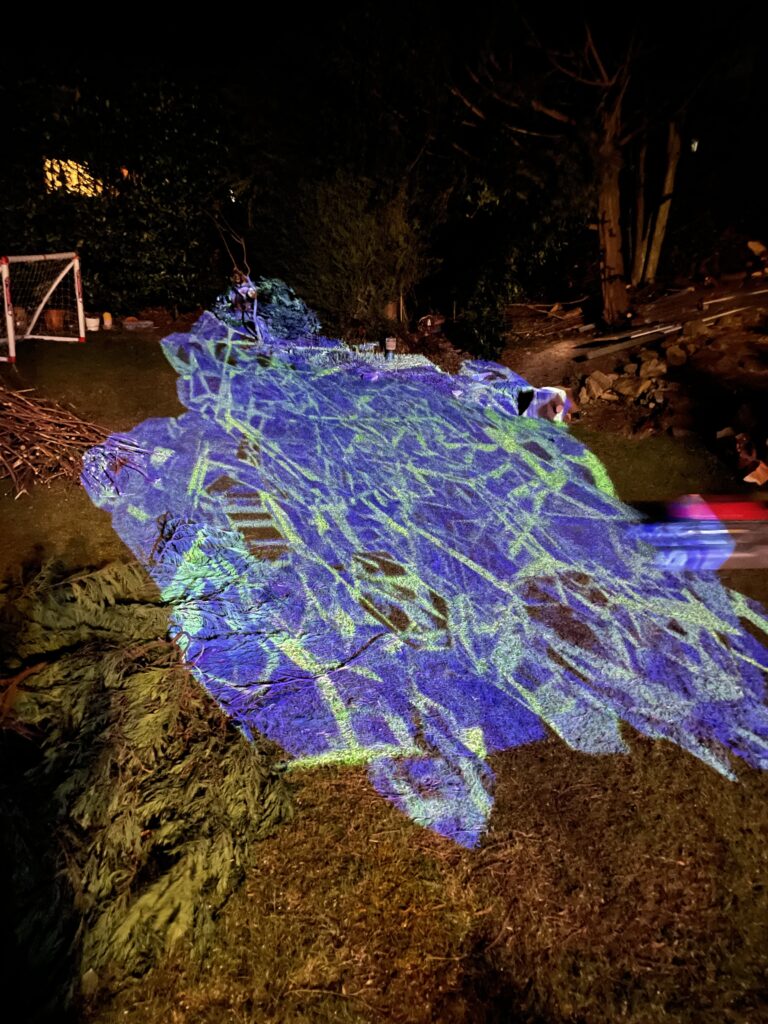
Jennifer Allora, Guillermo Calzadilla: Ten minute transmission
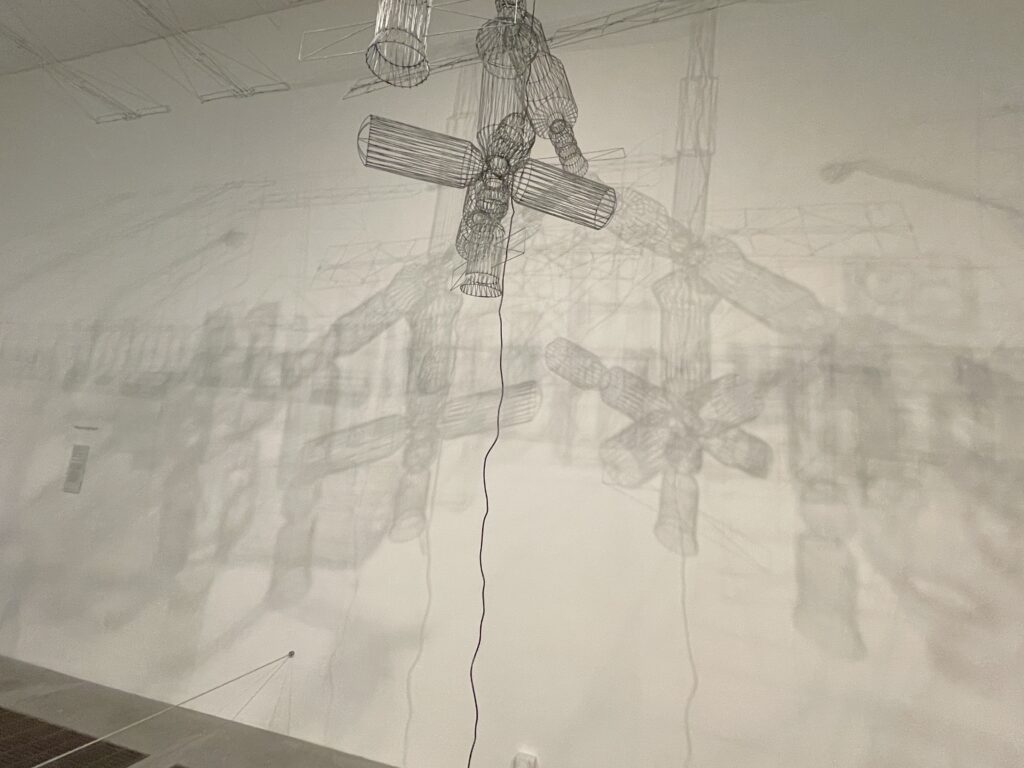
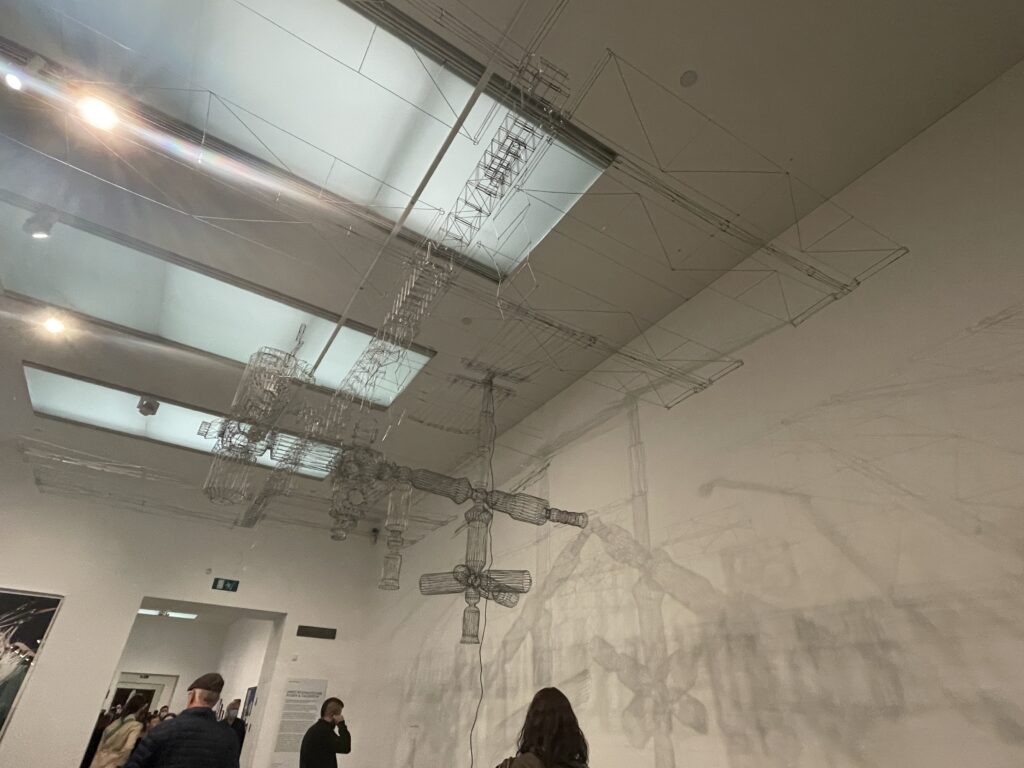
This artwork – which I went to see in Tate Modern, London – took inspiration from the constructivist movement (see final chapter) and resembles an antenna, with the name for the piece coming from the amount of time the International Space Station can be contacted as it flies past. The wireframe is mesh-like and casts complex yet regimented shadows on the wall. They are slightly distorted due to the angle of the light source, wall and wire itself.
Shadows: A Result of Cold Dark Matter
Renders of the shadows cast by the above video;















Gabriel Orozco
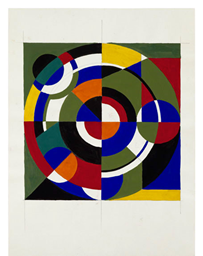
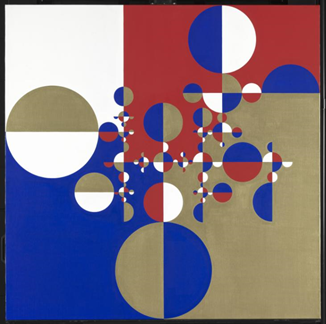
Orozco’s pieces, or “diagrams” as he likes to call them, intrigued me due to their very complex, mathematical forms and Orozco’s engineering-based approach to them. For example, the diagram on the right is made up of four different colours, corresponding to a set of rule’s based on the knight’s move in chess. These circles, morph, rotate and transform into more circles, spawning as if they were bacteria on a petri dish or stars forming in a galaxy. This very scientific approach to a shape that revolutionized transport yet is itself very organic is deeply interesting to me. These piece also remind me of the above shadows, as some shadows overlay and compound to be darker than others, giving a range of darkness. This idea links back to cubism with the notion of compounded perspectives forming a single image. In response I will, create similar circle diagrams, but using images I have taken in the past of my lawnmower engine and crystals to fill the space. I will also produce a “lagged” video of my plotter creating a circle and overlay, with varying opacities images of my engine and crystals.
Lagged Plotter Videos
Orozco-Like Piece

Mechanization of Orozco Response
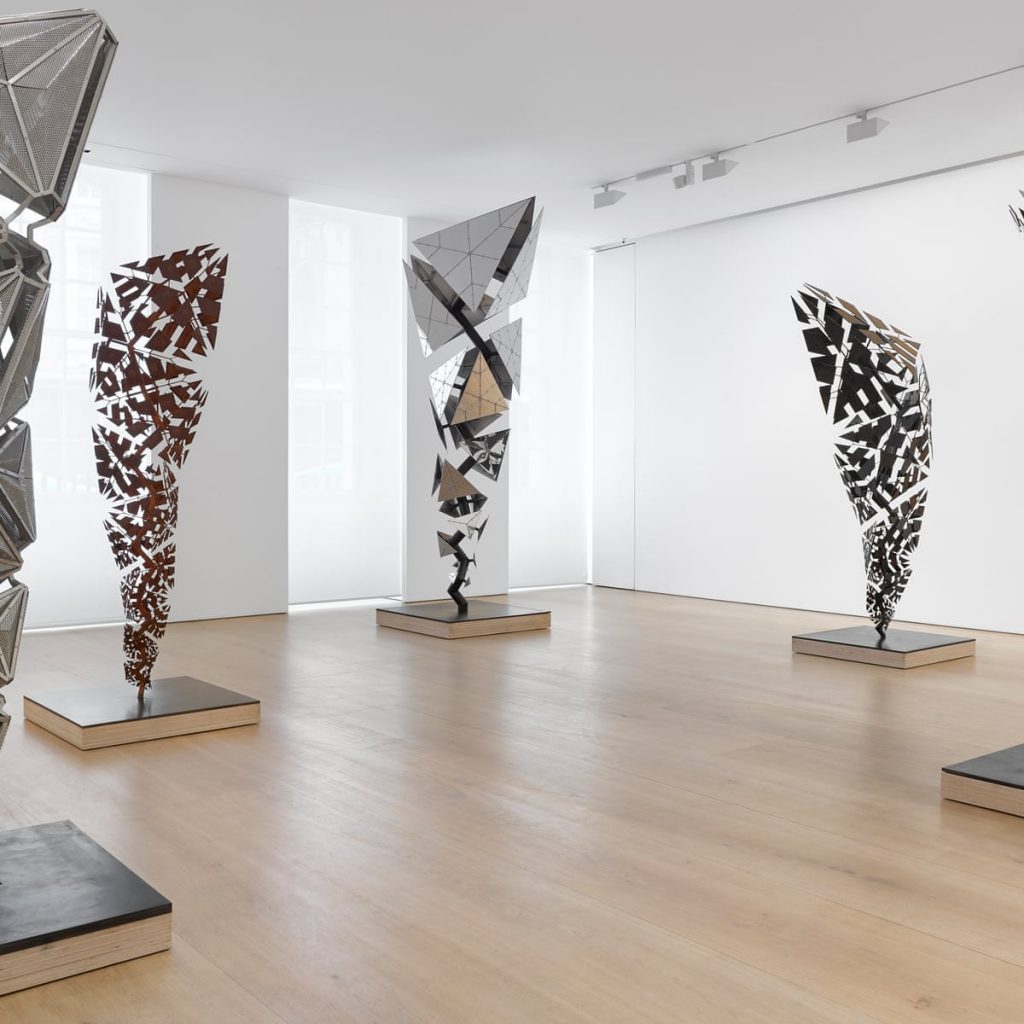
Georges Braque

Cubist Overlays
Using Gimp, I took several photographs of the engine and layered them. I set different transparencies to different layers, resulting in a cubist effect; the compression of a 3D object into 2 dimensions.
